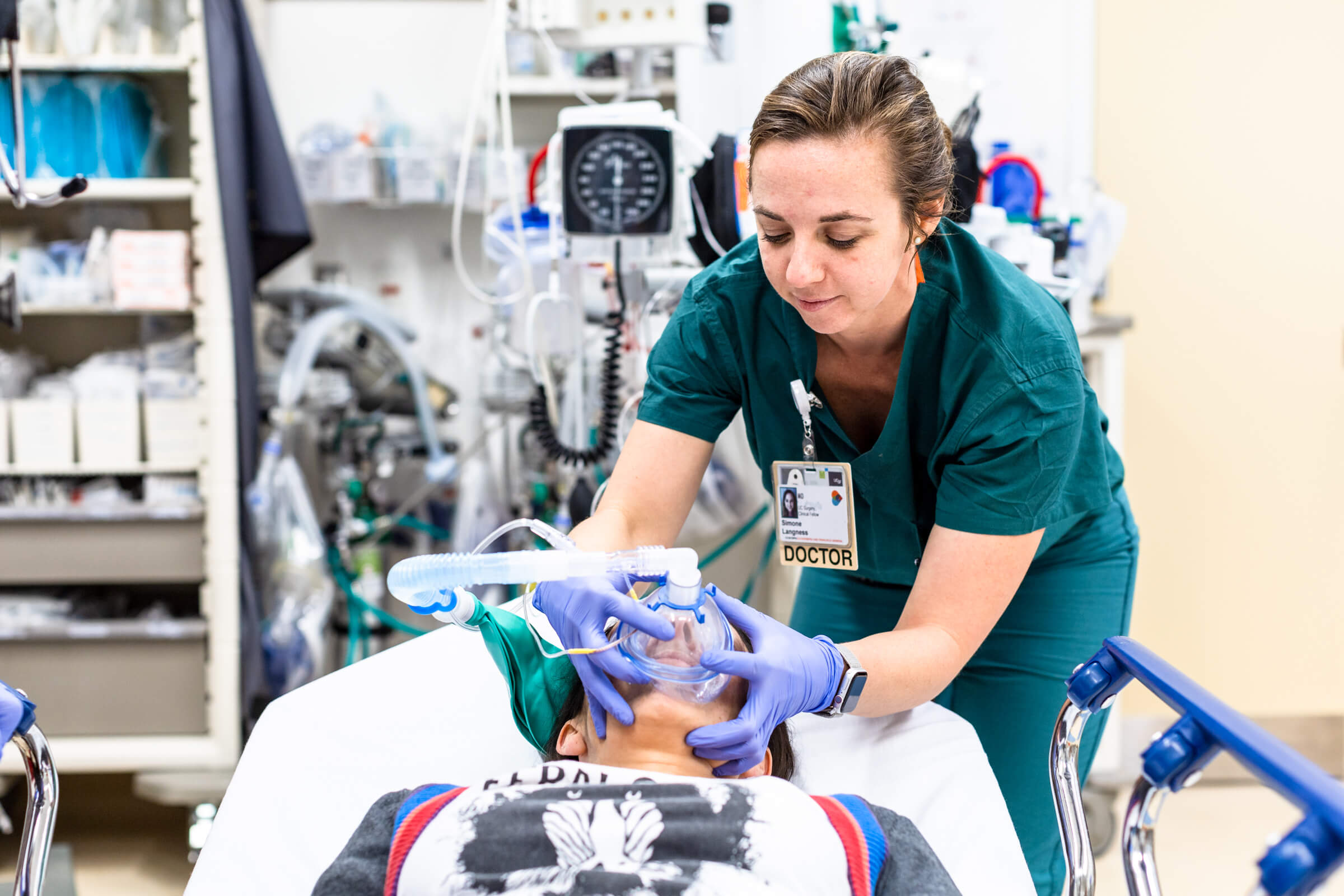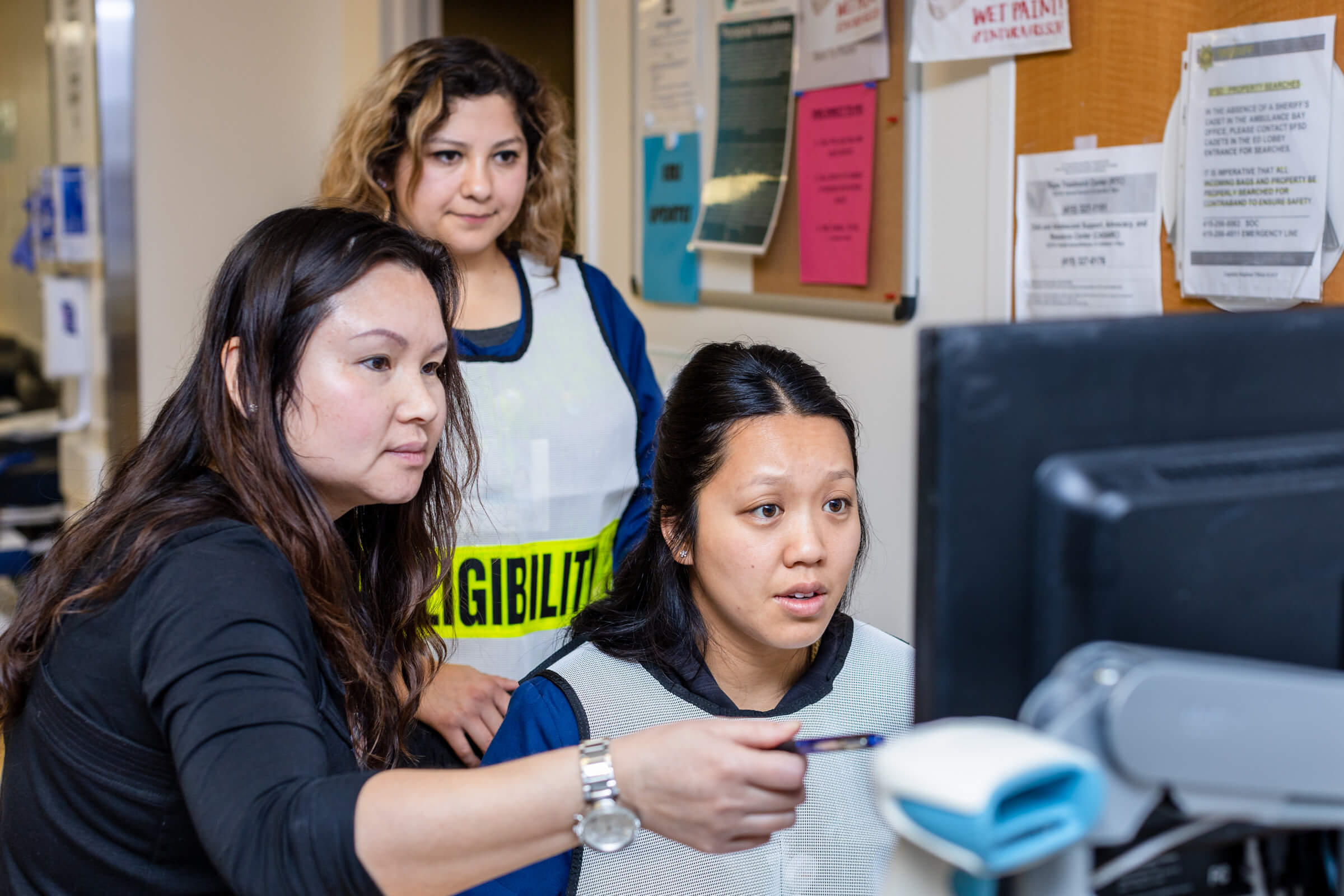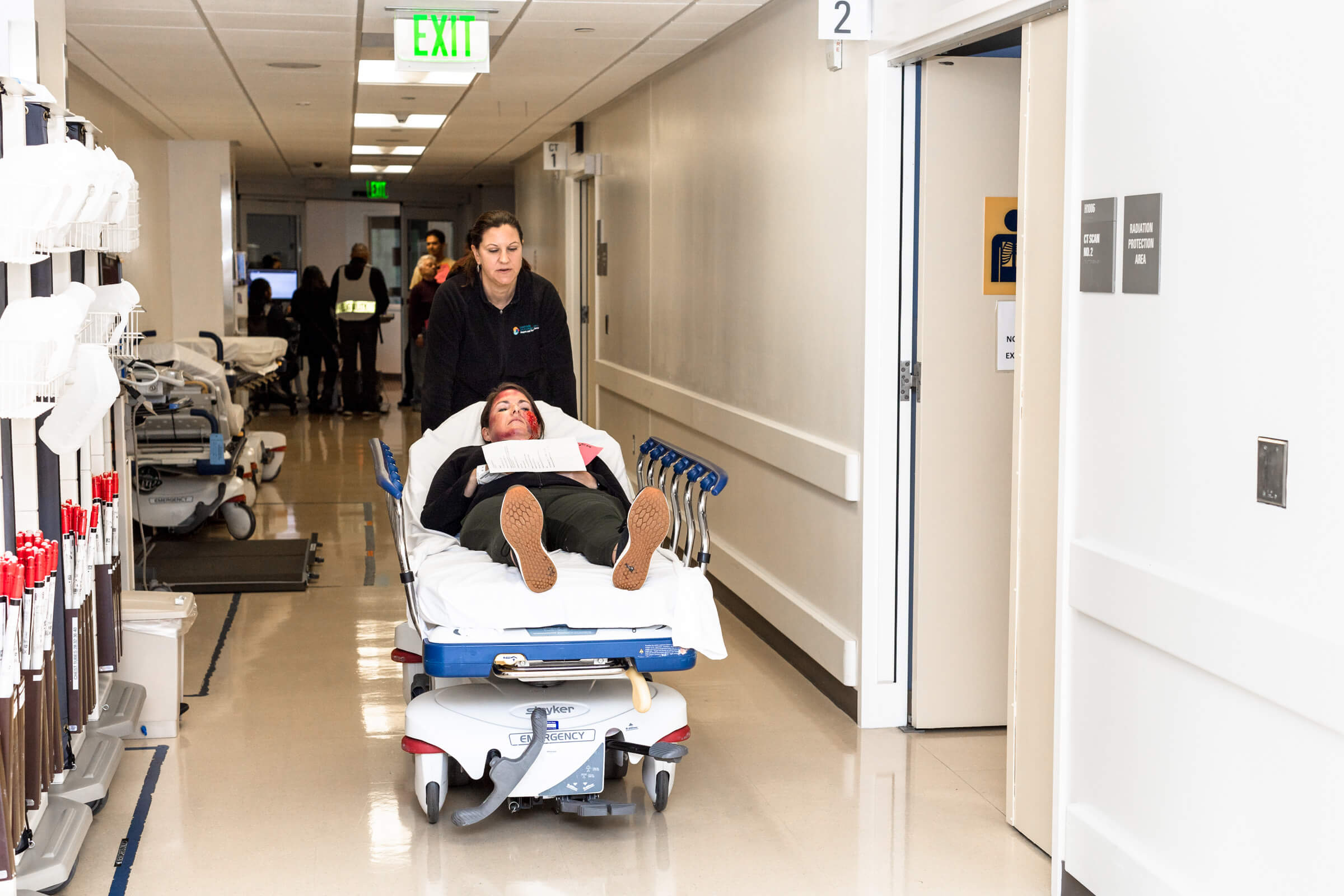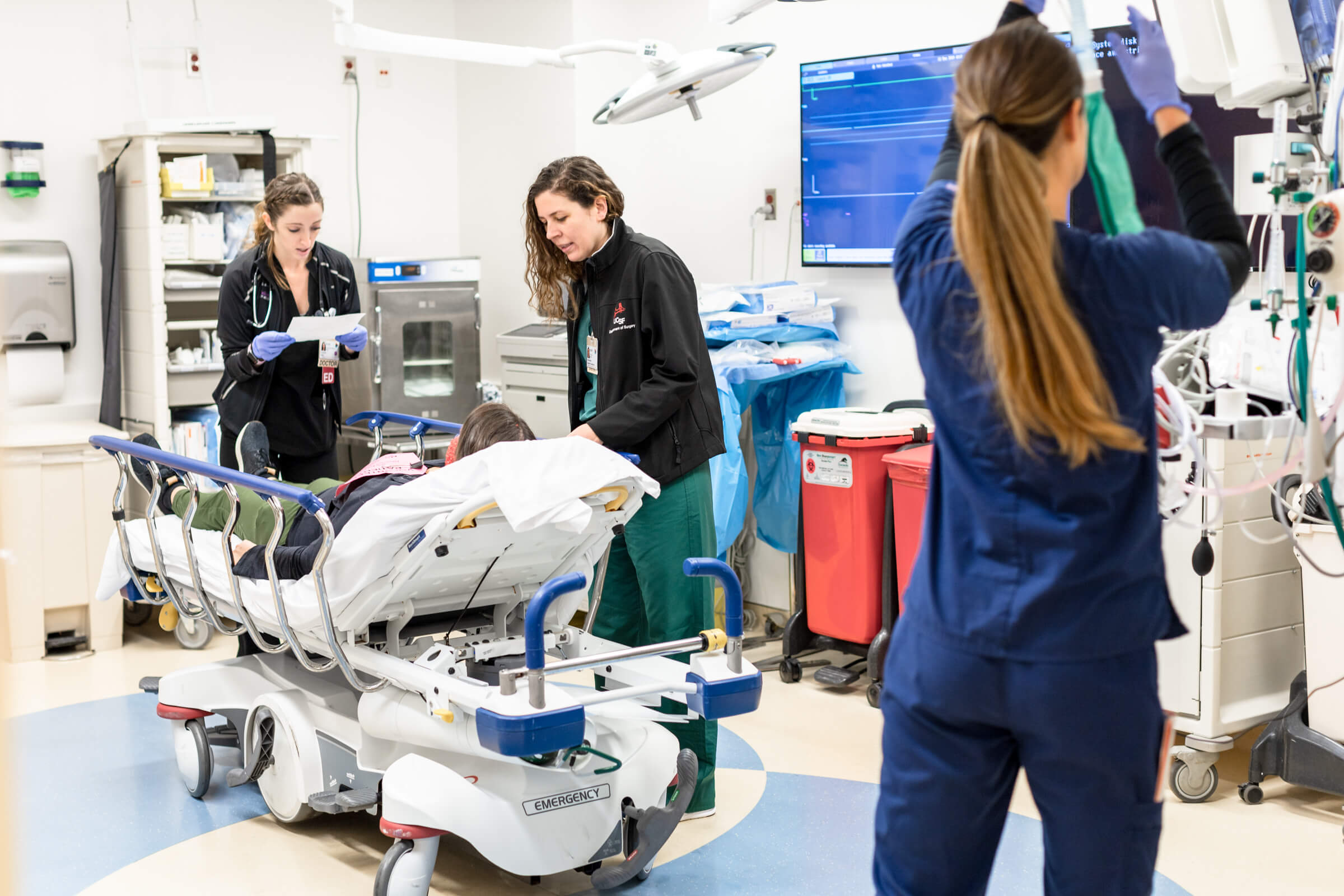
No one plans to end up in the emergency department of Zuckerberg San Francisco General Hospital and Trauma Center (ZSFG). Most of us will be lucky enough to never see the inside of an operating room or resuscitation bay. But every year, nearly 4,000 of our neighbors rely on ZSFG for their healthcare and emergency support. As a public hospital, no one is turned away.
When tragedy strikes, this safety-net hospital for the uninsured quickly becomes all of our safety-net – treating plane crashes and mass violence with the same dedication to healing patients any other day. And as the only Level-1 trauma center in San Franciso and northern San Mateo counties, the team at ZSFG stays ready for what this city needs in times of crisis.
And practice makes perfect. Every year, ZSFG tests its systems, protocols, and team members to ensure they remain the best place to be in the worst of times.

A volunteer patient’s perspective
On a Thursday morning in December, 15 volunteer patients prepared to fill the emergency department at ZSFG, ready to play a part – victims of a tour bus crash in the center of the city. Armed with a backstory and a few visible wounds painted on our faces, we limped into the ED. The drill began immediately – testing the emergency protocols and staff reaction to an influx of patients on top of real-life traumas and surgeries and sick patients.
As the volunteer patients were triaged, equipped with a printout of our vital signs and ailments, the sickest among us were wheeled into resus bays, and assessed – moaning and awaiting assessments of our “injuries.” Over the next hour, I played the part of an unconscious woman with a head injury – complete with a full moulage face laceration thanks to the training team.
The team surrounded my gurney to check my breathing and begin assessing the plan of action. My room quickly became a double to accommodate more volunteer patients, and the team worked to clear us both out of the ED. I quickly was queued for a head CT right down the hall and then sent up to the ICU to be under observation. Several of the other volunteer patients were sent straight to the operating room below, while others had teams from around the hospital come to their bedside – labor and delivery, plastics, and cardiology. And because of the new state-of-the-art building, all of this care could happen under one roof.
A page was sent out and like that – the drill ended. We climbed off of our gurneys and walked out of the emergency department and let the team get back to regularly scheduled programming – treating accidents and illness with expert care.


